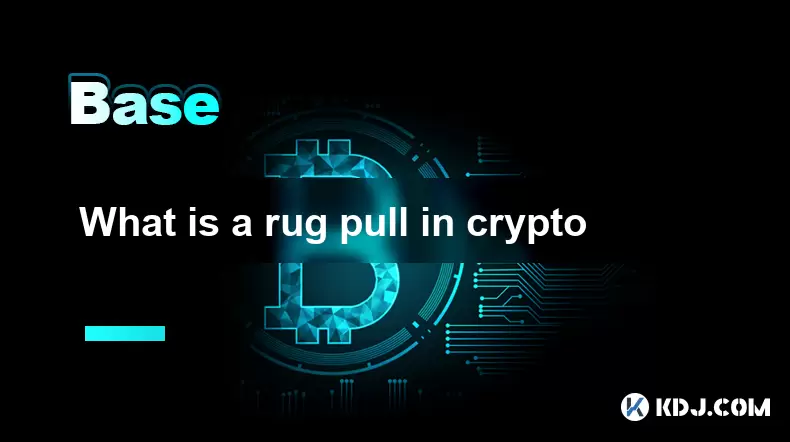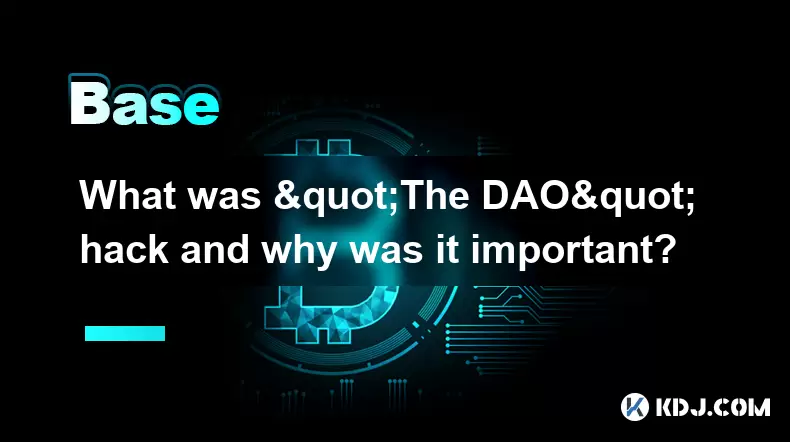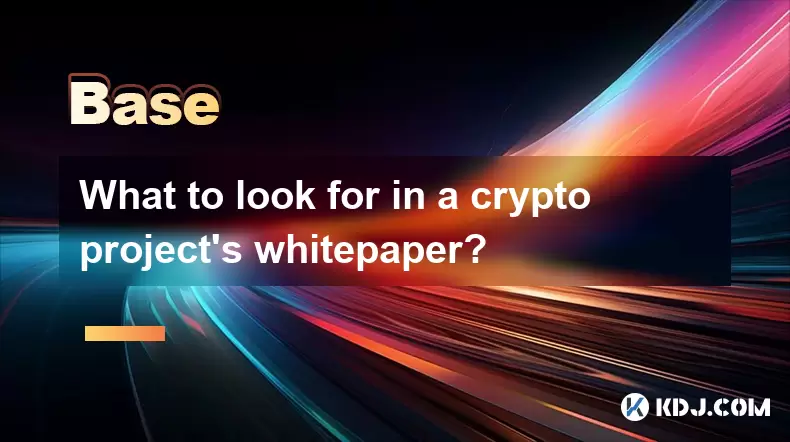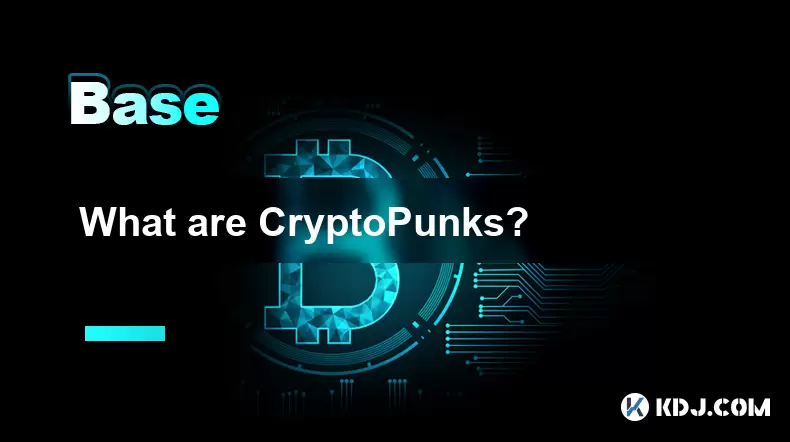-
 Bitcoin
Bitcoin $118000
0.31% -
 Ethereum
Ethereum $3560
-0.99% -
 XRP
XRP $3.435
-0.76% -
 Tether USDt
Tether USDt $1.000
-0.01% -
 BNB
BNB $731.8
-0.96% -
 Solana
Solana $177.3
-0.64% -
 USDC
USDC $0.9999
-0.04% -
 Dogecoin
Dogecoin $0.2419
2.59% -
 TRON
TRON $0.3205
-1.58% -
 Cardano
Cardano $0.8278
0.18% -
 Hyperliquid
Hyperliquid $44.64
0.22% -
 Stellar
Stellar $0.4648
-1.54% -
 Sui
Sui $3.794
-2.00% -
 Chainlink
Chainlink $18.31
2.04% -
 Hedera
Hedera $0.2672
-0.49% -
 Avalanche
Avalanche $24.26
1.57% -
 Bitcoin Cash
Bitcoin Cash $506.9
-1.63% -
 Shiba Inu
Shiba Inu $0.00001474
-0.40% -
 UNUS SED LEO
UNUS SED LEO $8.991
0.23% -
 Litecoin
Litecoin $103.8
0.28% -
 Toncoin
Toncoin $3.183
-2.68% -
 Polkadot
Polkadot $4.298
-0.09% -
 Uniswap
Uniswap $10.08
-1.02% -
 Monero
Monero $325.5
0.60% -
 Ethena USDe
Ethena USDe $1.001
-0.01% -
 Bitget Token
Bitget Token $4.886
-1.39% -
 Pepe
Pepe $0.00001311
-1.56% -
 Dai
Dai $1.000
0.01% -
 Aave
Aave $316.5
-1.08% -
 Cronos
Cronos $0.1219
0.89%
What is a rug pull in crypto
A rug pull in crypto occurs when developers suddenly remove liquidity from a token, leaving investors with worthless assets and highlighting the need for caution in DeFi investments.
Jul 13, 2025 at 12:35 am

Understanding the Concept of a Rug Pull
A rug pull in the cryptocurrency space refers to a type of scam or malicious exit strategy employed by developers or creators of decentralized finance (DeFi) projects. In this scenario, the team behind a project suddenly removes liquidity from a token pair on a decentralized exchange (DEX), effectively making it impossible for investors to trade their tokens. This leaves investors holding worthless or severely devalued assets.
The term originates from the idea of "pulling the rug out from under someone's feet," and in crypto, it has become synonymous with betrayal and deception in digital asset investments. Rug pulls are particularly prevalent in unregulated DeFi ecosystems, where smart contracts govern transactions and there is minimal oversight.
This phenomenon highlights the importance of due diligence before investing in any new token or DeFi protocol.
How a Rug Pull Typically Works
In most cases, a rug pull occurs after a new token gains traction and attracts significant investment. Here’s how it generally unfolds:
- A development team launches a token and pairs it with a popular cryptocurrency like ETH or BNB on a DEX.
- They add liquidity to the token pool to enable trading.
- As interest grows, more users buy into the token, increasing its value.
- Suddenly, the team removes all liquidity from the pool, leaving no way for holders to sell their tokens.
Once liquidity is removed, the token price usually crashes to near zero. Since many DeFi platforms operate without centralized control, recovering funds after a rug pull is extremely difficult, if not impossible.
Smart contract manipulation often plays a key role in facilitating these scams.
Common Signs of an Imminent Rug Pull
While some rug pulls happen unexpectedly, there are red flags that can help investors identify potential risks:
- Anonymous or unverified team members: Projects with anonymous developers are more likely to be scams.
- Unrealistic promises of high returns: If a project guarantees unusually high yields, it may be too good to be true.
- Sudden changes in tokenomics: Unexpected alterations in supply, burn mechanisms, or reward structures can signal foul play.
- Liquidity locked for short periods: If liquidity isn’t locked for a long duration via a time-locked contract, it increases rug pull risk.
- Rapid pump-and-dump patterns: Sudden spikes in price followed by sharp declines may indicate manipulation.
Recognizing these signals early can help investors avoid substantial losses.
Monitoring blockchain activity and checking contract ownership can also reveal suspicious behavior.
Real-Life Examples of Rug Pulls
Several high-profile rug pulls have occurred in the crypto space, leading to millions of dollars in losses:
- Squid Game Token (SQUID): Inspired by the popular Netflix series, this token surged in value before its creators abruptly pulled liquidity, causing the token to crash to zero.
- Evolution Finance: This DeFi yield optimizer was accused of orchestrating a rug pull in 2021, draining over $50 million worth of user funds.
- Frosties NFT Collection: The creators disappeared with nearly $1 million in investor funds shortly after launching their NFT collection.
These incidents highlight how even seemingly legitimate projects can turn out to be scams.
Such events emphasize the need for transparency and accountability in the DeFi ecosystem.
How to Protect Yourself from Rug Pulls
Avoiding rug pulls requires proactive research and caution. Here are several strategies you can employ:
- Review the project’s whitepaper and team background thoroughly.
- Check whether the liquidity pool is locked using a service like Liquidity Locker.
- Verify the token contract on platforms such as BscScan or Etherscan.
- Use tools like RugDoc or Dune Analytics to assess project legitimacy.
- Avoid investing large amounts in newly launched tokens without community validation.
- Monitor social media channels for sudden silence or unusual announcements.
Being vigilant and informed significantly reduces the likelihood of falling victim to a rug pull.
Always question why a project might be gaining sudden popularity and investigate the underlying fundamentals.
Frequently Asked Questions About Rug Pulls
Q: Can rug pulls occur on centralized exchanges?
A: While less common, rug pulls can technically happen on centralized exchanges if the token issuer decides to abandon the project. However, CEXs typically conduct more rigorous audits and KYC processes, reducing the risk compared to decentralized exchanges.
Q: Are there legal consequences for rug pull perpetrators?
A: Legal actions against rug pullers are challenging due to the pseudonymous and global nature of blockchain. However, regulatory bodies like the SEC have started cracking down on fraudulent DeFi projects, especially those targeting U.S. investors.
Q: Is it possible to recover funds after a rug pull?
A: Recovery is rare but not impossible. Some victims have successfully traced stolen funds through blockchain analytics firms or coordinated community efforts to pressure developers. Still, success depends heavily on the specific circumstances of each case.
Q: How do rug pulls differ from honeypot scams?
A: In a rug pull, liquidity is removed after a token gains value. In contrast, a honeypot scam prevents users from selling from the beginning by manipulating the smart contract code. Both result in loss of funds but operate differently at the technical level.
Disclaimer:info@kdj.com
The information provided is not trading advice. kdj.com does not assume any responsibility for any investments made based on the information provided in this article. Cryptocurrencies are highly volatile and it is highly recommended that you invest with caution after thorough research!
If you believe that the content used on this website infringes your copyright, please contact us immediately (info@kdj.com) and we will delete it promptly.
- Meme Coins Mania: Presales and Charts Spiking in 2025
- 2025-07-20 02:30:11
- Rick Harrison, the Titanic Coin, and a Deal That Sank
- 2025-07-20 02:30:11
- American Eagle Palladium Coin Set for September 4 Release: What to Expect
- 2025-07-20 00:35:12
- FloppyPepe: Could This Meme Coin Be Your Ticket to Crypto Millionaire Status with a 15,800% ROI?
- 2025-07-20 00:50:12
- Ethereum's 2025 ATH: Could These 20x Tokens Be Your Golden Ticket?
- 2025-07-20 00:35:12
- Solana, Altcoin Bets, and the Next Big Thing: What's the Play?
- 2025-07-20 01:15:12
Related knowledge

What is the Inter-Blockchain Communication Protocol (IBC)?
Jul 19,2025 at 10:43am
Understanding the Inter-Blockchain Communication Protocol (IBC)The Inter-Blockchain Communication Protocol (IBC) is a cross-chain communication protoc...

How does sharding improve scalability?
Jul 20,2025 at 01:21am
Understanding Sharding in BlockchainSharding is a database partitioning technique that is increasingly being adopted in blockchain technology to enhan...

What is the "crypto trilemma" of scalability, security, and decentralization?
Jul 19,2025 at 06:28pm
Understanding the Concept of the Crypto TrilemmaThe crypto trilemma refers to the challenge of simultaneously achieving scalability, security, and dec...

What was "The DAO" hack and why was it important?
Jul 19,2025 at 09:08pm
Background of 'The DAO''The DAO' (Decentralized Autonomous Organization) was a venture capital fund built on the Ethereum blockchain, launched in Apri...

What to look for in a crypto project's whitepaper?
Jul 19,2025 at 01:42pm
Understanding the Purpose of a WhitepaperA whitepaper is a foundational document for any cryptocurrency project, often serving as the first point of c...

What are CryptoPunks?
Jul 19,2025 at 08:28am
Understanding the Basics of Bitcoin MiningBitcoin mining is the process through which new Bitcoin is introduced into circulation and transactions are ...

What is the Inter-Blockchain Communication Protocol (IBC)?
Jul 19,2025 at 10:43am
Understanding the Inter-Blockchain Communication Protocol (IBC)The Inter-Blockchain Communication Protocol (IBC) is a cross-chain communication protoc...

How does sharding improve scalability?
Jul 20,2025 at 01:21am
Understanding Sharding in BlockchainSharding is a database partitioning technique that is increasingly being adopted in blockchain technology to enhan...

What is the "crypto trilemma" of scalability, security, and decentralization?
Jul 19,2025 at 06:28pm
Understanding the Concept of the Crypto TrilemmaThe crypto trilemma refers to the challenge of simultaneously achieving scalability, security, and dec...

What was "The DAO" hack and why was it important?
Jul 19,2025 at 09:08pm
Background of 'The DAO''The DAO' (Decentralized Autonomous Organization) was a venture capital fund built on the Ethereum blockchain, launched in Apri...

What to look for in a crypto project's whitepaper?
Jul 19,2025 at 01:42pm
Understanding the Purpose of a WhitepaperA whitepaper is a foundational document for any cryptocurrency project, often serving as the first point of c...

What are CryptoPunks?
Jul 19,2025 at 08:28am
Understanding the Basics of Bitcoin MiningBitcoin mining is the process through which new Bitcoin is introduced into circulation and transactions are ...
See all articles

























































































